
Expert Explanation - A Comprehensive Analysis of How to Choose and Effectively Use CTP
Release Time: 2022-12-02 17:32:45.820
CTP is more than just a plate making machine; it actively improves printing quality and efficiency. For example, it avoids the problems of dot loss, deformation, and expansion, reduces the loss of color and layers, shortens the time required for ink color adjustment, register adjustment, and ink-water balance during printing, thus greatly improving printing quality and production efficiency.
From the perspective of color management, it is necessary to control dot gain, ink presetting (CIP3/4), ink density, chromaticity (Lab), and overprinting. These quality factors are closely related to the selection and use of CTP equipment. Therefore, we must not only choose the right CTP but also use it well.
How to choose the right CTP?
The first step in choosing a CTP: photosensitive or thermal?
In choosing a CTP, we must first understand the technologies currently available on the market. The technologies are divided into thermal CTP and photosensitive CTP. In terms of market share, thermal CTP has undoubtedly become the mainstream and is unstoppable, with over 95% of printing plants choosing thermal CTP. The reason is obvious: Most importantly, thermal CTP offers stable exposure control, meaning stable dots, which is a fundamental condition for good color management.
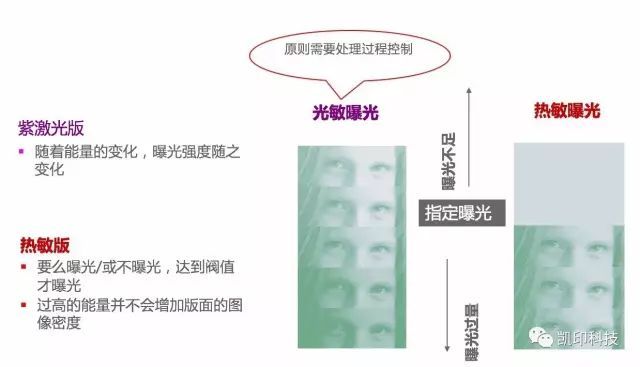
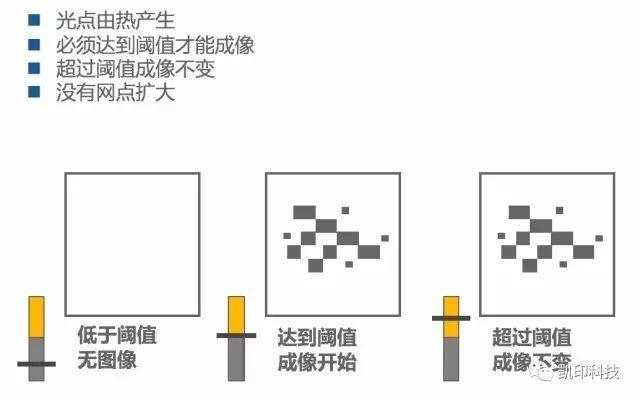
The second step in choosing a CTP: square dots or round dots?
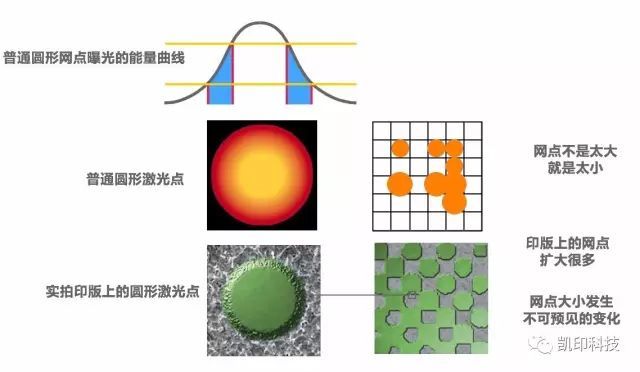
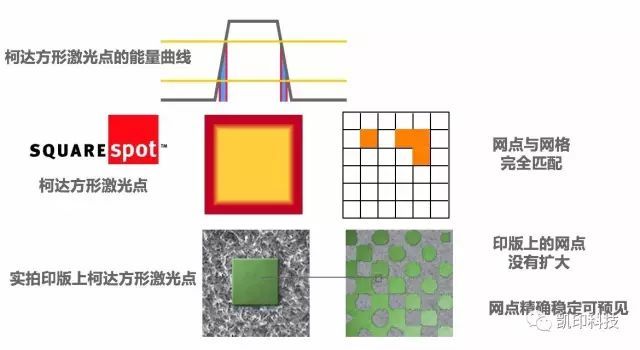
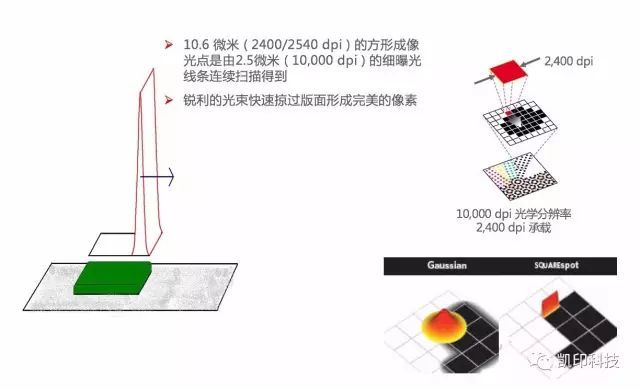
Obviously, square dots are superior in terms of dot sharpness;
They can achieve 10-micron frequency modulation screening, a unique capability of square laser dot technology. This is why high-precision printing, such as 3D and high-definition printing, generally uses square dots.
The third step in choosing a CTP: plate edge detection function - maintaining accurate register
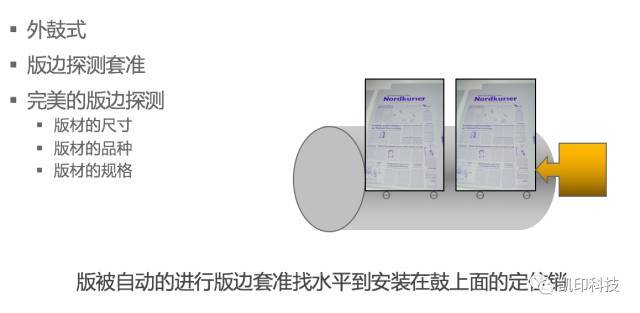
The fourth step in choosing a CTP: automatic focusing function - compatibility with more plate materials/handling of anomalies
How to adapt to the uneven quality of plate materials from different brands on the market? Even if there is a little dust or anomaly on the surface of the printing plate, with the automatic focusing function, the CTP will easily cope and ensure perfect exposure under various conditions.
The fifth step in choosing a CTP: temperature compensation function - ensuring accurate register for plate remakes
An aluminum plate can expand or contract by 0.1 mm when the temperature changes by 10°C. So, how to ensure register for plates made at different times? The temperature compensation function can compensate for these differences.
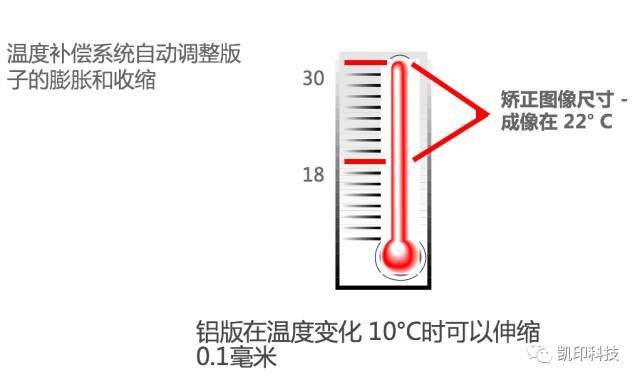
The sixth step in choosing a CTP: FM screening - higher precision printing


When the following problems occur during production;
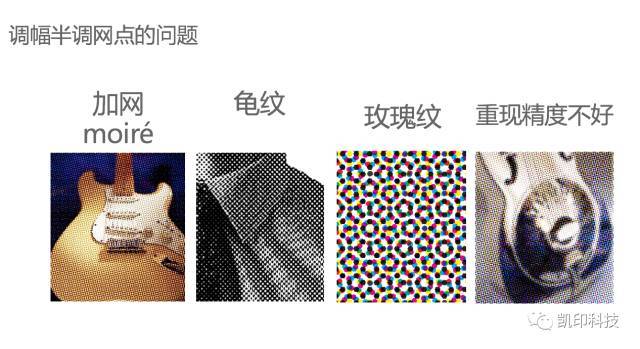
Or when higher precision printing is required, such as 3D printing and high-definition printing. FM screening will be a better solution.
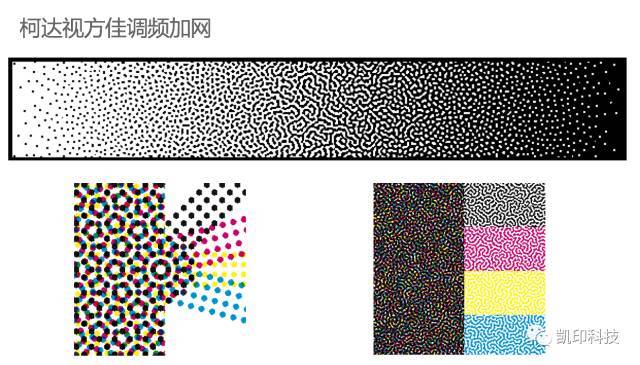
The seventh step in choosing a CTP: waterless environmentally friendly CTP plates - easily addressing environmental issues

How to use CTP well? The first step in using CTP well
Standardization of CTP and plate processor status
- Set exposure according to plate material characteristics
- Accurately set the plate processing speed and developer replenishment amount
- Chemical solution circulation settings
- Developer temperature and PH value within the standard range
- Adjust brush pressure
- Regularly check and replace filter cartridges
- Check plate thickness/flatness
- Plate room temperature and humidity (temperature: 20-25°C/humidity: 50%-60%)

- Required measuring instrument: water tank tester, Hanna four-in-one recommended
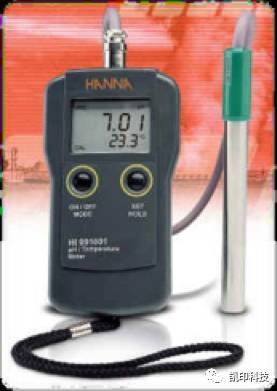
The second step in using CTP well: correct use of the plate control strip
The control strip is a commonly used tool for controlling plate quality. Operators must understand the function of each control module on the control strip, correctly set the parameters of the CTP equipment, and understand the equipment status.

The third step in using CTP well: dot gain control - plate
- Dot gain on the CTP plate should not exceed 1%; otherwise, a linearization curve should be created to control the dot gain caused by the CTP itself within 1%;
- Plate curve correction tool required
Kodak Harmony
- Required measuring instrument: X-Rite icpateII plate tester

The fourth step in using CTP well: dot gain control - printing
During printing, the printing press will cause a certain deformation of the rubber blanket during printing, plus the tension of the ink and the absorption of the paper, resulting in a change in the dot area, and the dot edges expand outwards, forming dot gain. The status and materials of each printing press are different, so the dot gain is also different. When the measured dot gain of the printed product still has a certain gap with the printing standard, the dot gain should be compensated again through the plate curve correction tool.
- Standard dot gain value:

- Plate curve correction tool required
Kodak Harmony
- Required measuring instrument: X-Rite eXact spectrophotometer
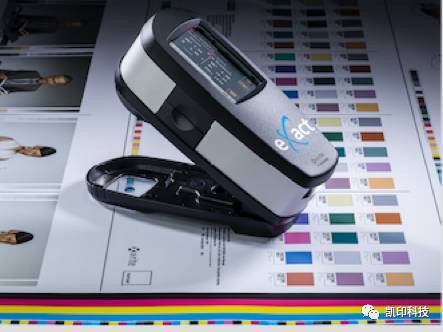
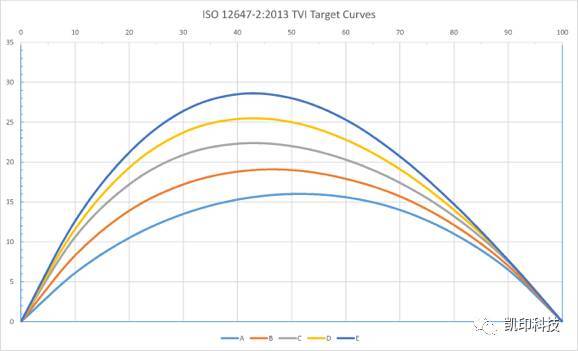
The fifth step in using CTP well: ink presetting - CIP3/4
The biggest advancement of CTP is the digitization of printing information;
1. The plate transmits image and text information and dots from prepress to the printing press;
2. The required ink amount and ink position information are transmitted to the printing press via the CIP3/4 file. At this time, the setting of the CIP3/4 output in prepress is very important;

3. The printing job information is continuously collected during the file creation, typesetting, and plate making process, and finally transmitted to the printing press. The entire process is transmitted via the JDF format;

-END-
Some of the pictures and texts in this site are collected and collated from the network for learning and exchange only. The copyright belongs to the original author. If you have violated your rights, please contact us to delete them in time.
More News
Kaiyin Technology - Awarded "Specialized and New Enterprise"
Kaiyin Technology, with its professional R&D and service teams, sound management system, and excellent innovation mechanism, successfully passed the enterprise self-assessment, Shenzhen municipal preliminary examination, and national ministry review procedures, ultimately winning multiple honorary titles including "Specialized and New Enterprise," "High-tech Enterprise," and "Innovative Small and Medium-sized Enterprise." The acquisition of these honors is a high recognition of Kaiyin Technology's innovation capabilities, technological R&D strength, and industry specialization, and further affirmation of the company's innovative development achievements. It marks another significant step forward for Kaiyin Technology in technological innovation and development in its specialized field.
On-demand Recruitment: Talent in Color Management and Prepress Production
Prepress CTP Plate Room Supervisor: Prepress CTP Plate Room Supervisor, proficient in Kodak Prinergy workflow, responsible for file inspection, imposition, screening, and curve setup.
Release light from the expanded color gamut ink
Compared to traditional four-color printing, Extended Gamut Color (ECG) inks offer significant advantages. ECG inks are revolutionizing the way colors are reproduced on a wide range of substrates, enhancing both the visual appeal and accuracy of printed materials.
How to avoid common issues in the printing workshop
In print production, color consistency is a key metric for customer acceptance—but even minor deviations in the workshop stage can often result in finished products that don’t meet color standards, leading to returns or rework. From errors in ink mixing ratios and differences in substrate ink absorption to fluctuations in ambient temperature and humidity, as well as inaccuracies in equipment calibration, these seemingly small variables can accumulate to cause noticeable color discrepancies.


Service Hotline:
180 8888 0185
Address:
605, Building B1, Funian Plaza, No. 3, Shihua Road, Futian District, Shenzhen, Guangdong
Tel:
Fax:
Email:





Copyright ©Shenzhen Kaiyin Technology Co., Ltd 粤ICP备16126578号 SEO
Website support:300.cn ShenZhen
Mobile: 180 8888 0185
Tel: +86 755 8280 8180
Address: 305A, Floor 3, Building B1, Funian Plaza, No. 3, Shihua Road, Futian District, Shenzhen, Guangdong
Email: service@kngcolor.com
We will give you feedback in time





